Food
Jalaproctitis
Jalaproctitis is the medical term for the rectal burning sensation often experienced by people when they defecate after having eaten jalapenos. It was given this name by researchers at the University of Texas who conducted an experiment to study the effects of jalapenos (whether it acted as an expectorant, caused painful urination, and burning defecation). From the New England Journal of Medicine (Nov 16, 1978):After giving informed consent, subjects consumed as many large jalapenos as could be tolerated in a three-minute period. The number of peppers consumed ranged from three to 13, with a median of five. Three of the participants noted lacrimation and rhinorrhea immediately after the contest. In none did cough or sputum production develop. One male subject complained of dysuria, and four of five noted a burning discomfort on defecation within 24 hours of the contest.
The limited information obtained from this study does not indicate clinical usefulness of jalapeno as an expectorant. We believe that jalapenos may well be the cause of transient dysuria and, in addition, may result in a syndrome of burning defecation that might appropriately be termed "jalaproctitis."
Posted By: Alex - Sat Mar 18, 2023 -
Comments (3)
Category: Food, Experiments, Body Fluids, Excrement, Pain, Self-inflicted and Otherwise
48 Famous Sardine Meals
I accept that there are famous chicken, beef, and pork meals. There are famous fish meals as well (such as fish and chips). But famous sardine meals? Even after looking through the recipe book below (available via archive.org), I'm not convinced there are any.
Also, the book only lists 38 recipes. Either the authors didn't think anyone would actually count, or the archived copy has pages missing. The pages aren't numbered, so hard to know which is the case.
- Sardines in the blazer
- Sardines on brown bread toast
- Sardines with anchovy sauce
- Sardine canape
- Sardines a la steensan
- Creamed sardines
- Sardines fried in batter
- Grilled sardines
- Sardine snacks
- Sardine and asparagus timbales
- Hot sardine rolls
- Mystery sandwiches
- Sartuna sandwich
- Sardine kedgerel
- Sardines "my own"
- Fried sardines
- Stuffed tomatoes
- Pilchered eggs
- Sardines lyonnaise
- Virginian sardine sandwiches
- Sardine salad en mayonnaise
- Hot sardine sandwich
- Broiled sardines
- Sardine relish
- Curried sardines
- Sardine croquettes
- Baked sardines
- Broiled sardines
- Sardine salad
- Sardine and olive sandwiches
- Sardine cocktail
- French toasted sardines
- Devilled sardines
- Japanese salad
- Pickled sardines
- Mayonnaise dressing
- Thousand island dressing
- Sour cream dressing
Note: my wife says that 'sardines on toast' is quite famous in Britain. So my lack of sardine awareness probably represents an American bias.
Posted By: Alex - Fri Mar 10, 2023 -
Comments (3)
Category: Food, Cookbooks
Crisco is digestible
When the best that a company can say about their food is that "it's digestible," it sounds like damning with faint praise.
Better Homes and Gardens - Sep 1956

Better Homes and Gardens - Sep 1954

Better Homes and Gardens - Mar 1957
Posted By: Alex - Wed Feb 01, 2023 -
Comments (4)
Category: Food, Advertising, 1950s
The taste of food in dark isolation
Beatrice Finkelstein, a nutrition researcher at Wright-Patterson Air Force Base, conducted a series of "dark-isolation studies" during the 1950s. Subjects were placed for periods of 6 to 72 hours in a totally dark, sound proof chamber furnished with a bed, chair, refrigerator, and chemical toilet.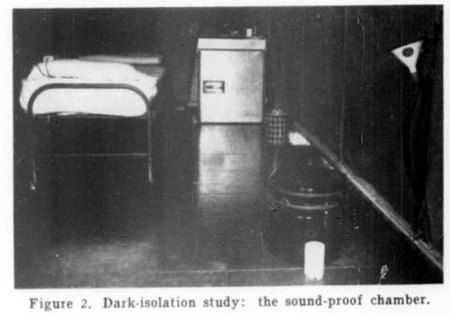
The purpose of this was to find out how astronauts might react to being confined in a small, dark space for a prolonged period of time. And in particular how their responses to food might change.
Some of her results:
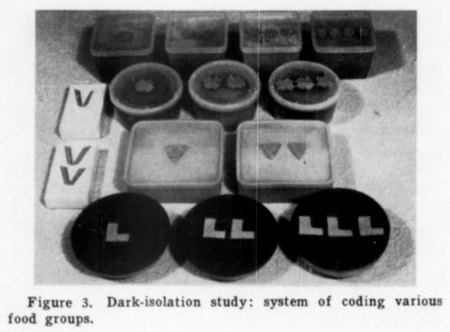
But the stranger result was how the lack of visual input completely changed the flavor of the food:
More info: "Feeding crews in air vehicles of the future"
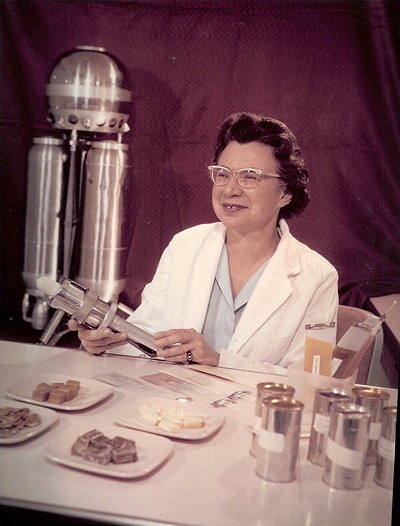
Beatrice Finkelstein (source)
Posted By: Alex - Mon Jan 30, 2023 -
Comments (4)
Category: Food, Spaceflight, Astronautics, and Astronomy, Experiments, Psychology
Kicking the pickle
1949: Ruth Brand "kicked off" National Pickle Week. And apparently that's a genuine giant pickle in the photos, not a fake one.
"Harry Conley of the Green Bay Food company, who is president of the National Pickle Packers association, officiates in Chicago at the 'kickoff' of the national pickle week campaign. Pickle week will be held May 20 to 28. Kicking the world's largest pickle is Ruth Brand, Chicago."

Lancaster Intelligencer Journal - Feb 11, 1949
But what is this about Amerigo Vespucci being a pickle dealer? I'd never heard this before.
Some research reveals that the claim traces back to a remark made by Ralph Waldo Emerson in his book English Traits:
Smithsonian magazine investigated the claim and doesn't think it's very likely. Vespucci did work for a while as a ship chandler, and in this capacity it's possible he may have supplied some ships with pickled foods. But to go from this to calling him a pickle dealer is a bit of a stretch.
Posted By: Alex - Sun Jan 29, 2023 -
Comments (6)
Category: Food, Pickles, 1940s
Coconuts: Production, Processing, Products
Every now and then, WU strives to find a video or book or practice so boring that it merges into true weirdness. I think 311 pages on the humble coconut might qualify. Learn about the ten different cuts of coconut meat, and so much more!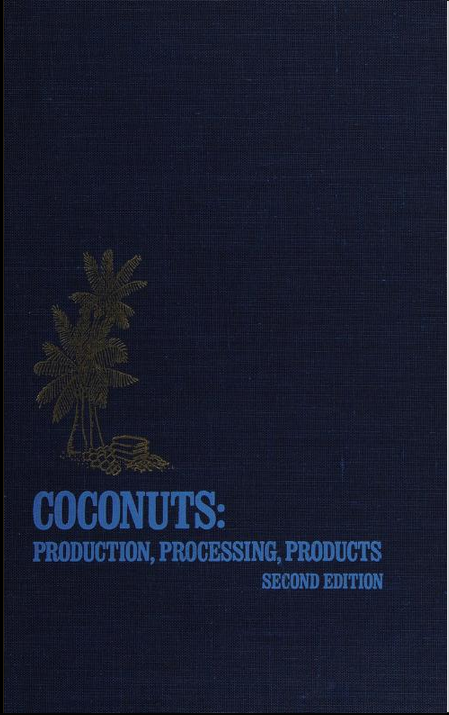
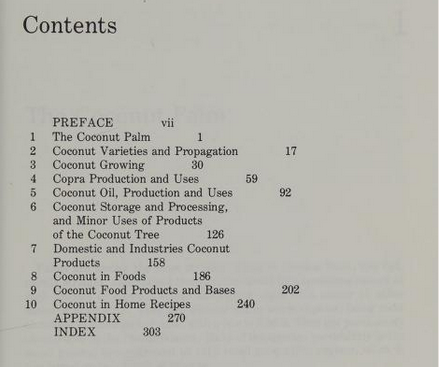
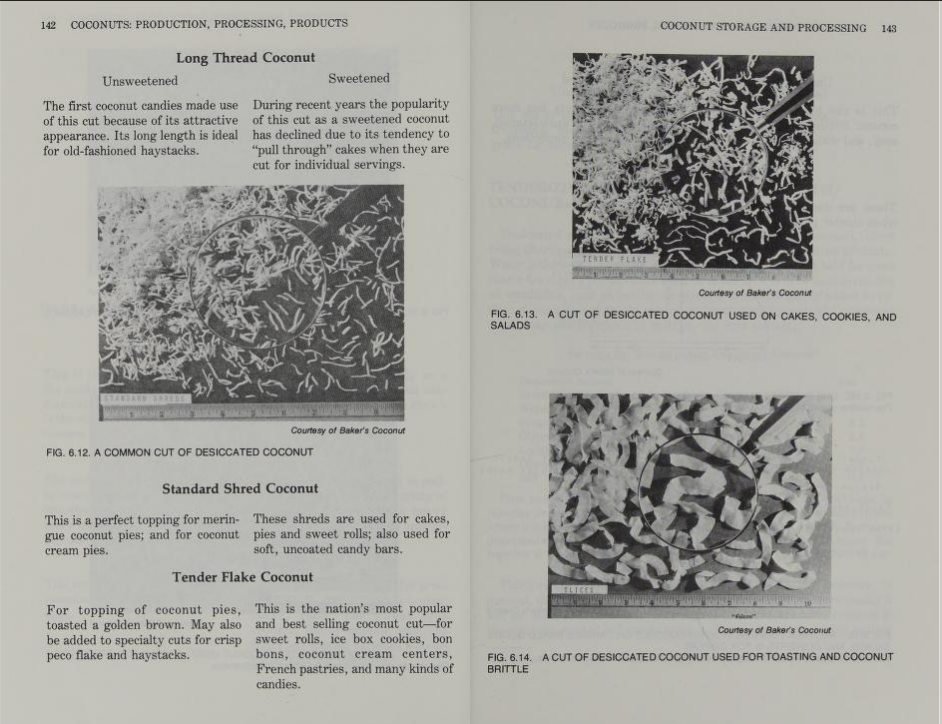
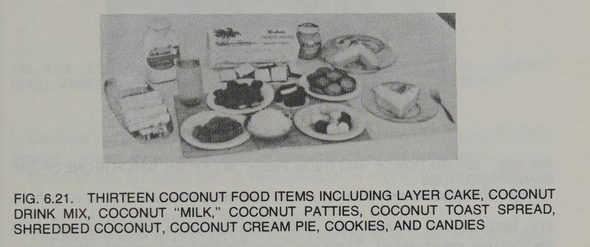
Posted By: Paul - Tue Jan 24, 2023 -
Comments (3)
Category: Boredom, Food, Industry, Factories and Manufacturing, Books
Stange Seasoning
The name isn't as bad as Hurff Canned Goods, but even so, Stange Seasoning doesn't sound very appetizing.Stange was acquired by McCormick and Co. in 1980.

Food Technology - Sep 1958
Posted By: Alex - Sun Jan 15, 2023 -
Comments (0)
Category: Food, Odd Names
The Prima Diner
Dinner ain't over till the fat lady bakes!Read it here.
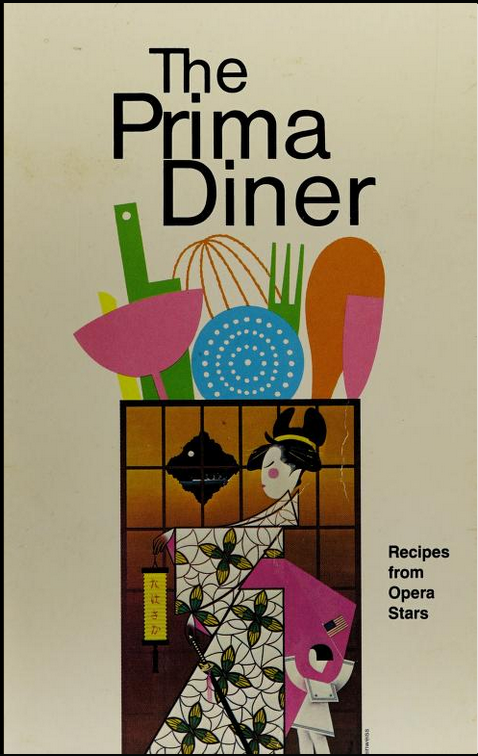
Posted By: Paul - Sun Jan 15, 2023 -
Comments (0)
Category: Food, Cookbooks, Music, 1980s
Treasure Chest
It occurs to me that these Jam Handy PSA's, with just a little inflection, could become episodes of TWILIGHT ZONE.
Posted By: Paul - Sat Jan 07, 2023 -
Comments (4)
Category: Domestic, Food, PSA’s, Industry, Factories and Manufacturing, 1950s
Merck satisfies your growing appetite for MSG
A full plate of MSG, but you already need more... MORE!Never fear, "You can depend on Merck for unlimited quantities of MSG." In Crystal or Fine Crystal form.

Food Technology - Sep 1958
Posted By: Alex - Fri Jan 06, 2023 -
Comments (1)
Category: Drugs, Food, Advertising, 1950s

| Who We Are |
|---|
| Alex Boese Alex is the creator and curator of the Museum of Hoaxes. He's also the author of various weird, non-fiction, science-themed books such as Elephants on Acid and Psychedelic Apes. Paul Di Filippo Paul has been paid to put weird ideas into fictional form for over thirty years, in his career as a noted science fiction writer. He has recently begun blogging on many curious topics with three fellow writers at The Inferior 4+1. Contact Us |




